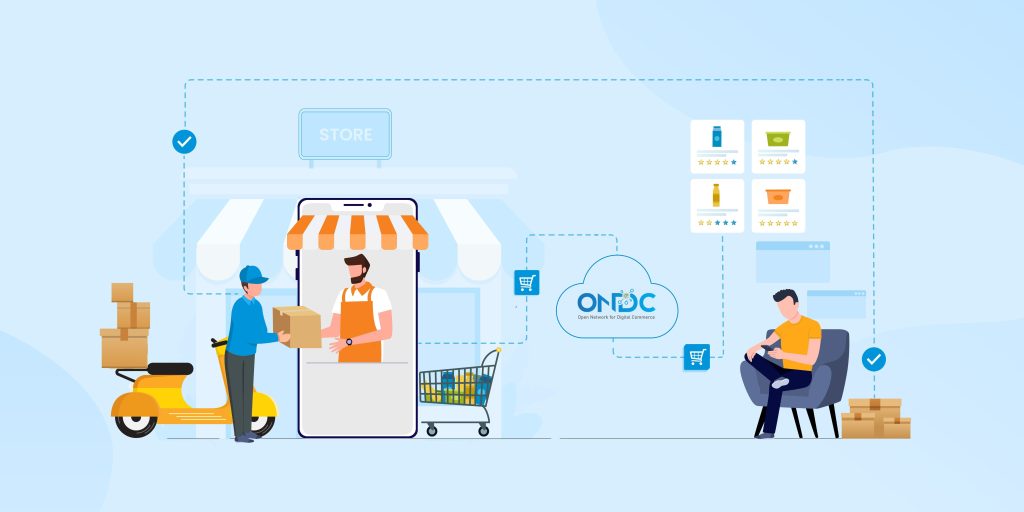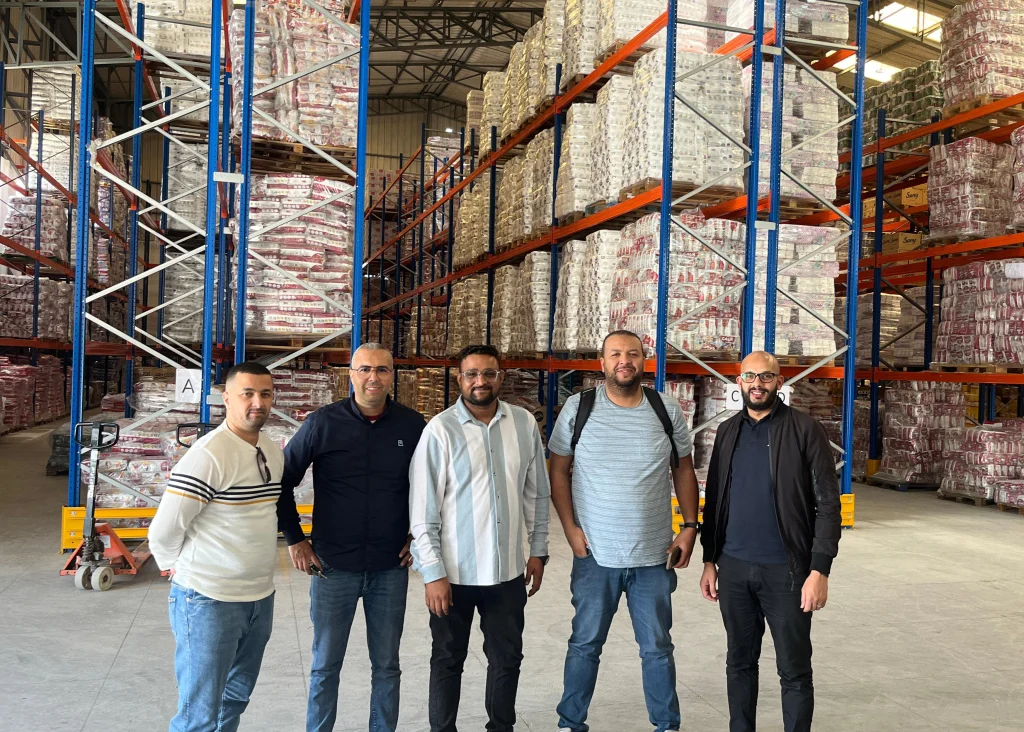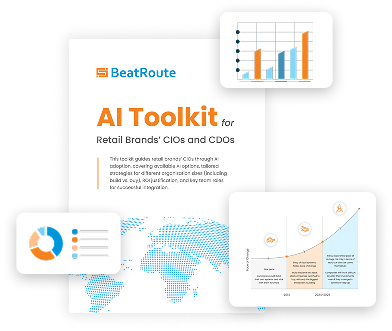What is ONDC and Why It is Important for Consumer Goods Companies

The Indian government has come up with an initiative called ONDC – which stands for One Network for Digital Commerce, an initiative similar to UPI in terms of intent and scale to democratize Internet commerce. The share of digital commerce in the Indian retail market is still around 4% & e-commerce penetration is well below other countries. Right now the majority of the market is controlled by a few big players like Amazon & Walmart-owned Flipkart. Sensing a transformational opportunity in this sector, government has laid out a framework for Digital commerce democratization.
Let’s have a look at some of the issues present currently with eCommerce in India:
- Complex execution of digital transactions
Facilitation of interaction between a seller & buyer which had been happening offline since time immemorial, becomes nuanced & complex. India has a large commerce ecosystem, across categories & geography with a fragmented & decentralized market.
- High Barrier to Entry
Platforms providing integrated solutions under a single service provider has grown rapidly. This rapid growth limits the competitiveness of new sellers coming online due to the high investment required to establish such integrated solutions.
- Concentration risk
With the increased size and scale of some platforms, these platforms become operators in the market, and small & medium businesses lose the choice & freedom of participation at their will & terms.
- Portability of trust
Present platforms enable the sellers and consumers to build a reputation through the transactions enabled through their systems which has significant value. In case any of the users part ways with the platform, they have to forfeit all these values built up at the platform. This value creation model turns the platform into a major store of value and hinders free to scale – flow of value that an efficient market should have.
- Separate Infrastructure & Process for separate platforms
Sellers are required to maintain separate infra and processes adding to the cost incurred hence limiting the participation.
Based on these, the government felt a need to make digital commerce available equitably to all citizens, similar to how UPI helped transform the payment system in India.
ONDC is a shift from an operator-driven platform-centric model to an interoperable decentralized network and has the following elements:
- Encouragement of widespread participation especially SMEs and Kirana from across the country
- Enabling flow of value across digital commerce ecosystem instead of the value concentration with central platforms presently
- Addressing discoverability & trust both on buyer & seller side
- Enabling buyer & seller autonomy
- Unification of siloed service provider platforms

ONDC is one network for digital commerce powered by open APIs developed on open source protocol and will act as a connector for all players playing their part in e-commerce from credit providers, sellers, buyers, bookkeeping companies, inventory management, logistics companies, and other ancillary businesses in the sector.
If we categorise there will be 4 building blocks or network participants of this network:
- Seller side apps
Any applications that will interact with the sellers i.e supply side of transactions. Sellers participating in ONDC can publish their catalogue through any seller side app and receive orders from any ONDC powered buyer side app to service & fulfil these orders.
- Buyer side apps
Any applications that will interact with the buyers i.e demand side of any transaction where the transaction originates. Buyers on any ONDC powered app will have catalogue visibility of all sellers registered on any ONDC powered seller side apps.
- Logistics Providers
To facilitate execution of these transactions, buyers will have visibility of all logistics providers with their service level details to choose from for a particular transaction.
- Other participants
Apps providing support services such as but not limited to logistics optimisation, credit, warehousing, book keeping, Inventory management and other niche ancillary services managing different roles in the order lifecycle.
What does ONDC mean for Consumer Goods Companies?
Consumer goods companies have the most widespread distribution network and engage with millions of retailers on a daily basis. These small retailers are assumed to be the biggest beneficiaries of a democratized e-commerce ecosystem like ONDC.
Let us see how consumer goods companies can align their Go to Market with ONDC and use their existing distribution channels to reach consumers better and faster.
A lot of consumer goods brands have been trying on an approach to Omnichannel management wherein they can utilize their existing channel partners for D2C fulfilment. We see ONDC as another potentially powerful channel for D2C which consumer goods brands can capitalize upon.
There are 2 parts to this:
- Associating with a seller app for catalog visibility on the ONDC buyer network
- Utilizing the existing distribution network (Distributors & Retailers) for ensuring fulfilment of these orders
Utilizing technological advancements and innovation-led SaaS platforms consumer goods companies can accelerate the adoption by connecting the entire value chain right from company to end consumer. We at BeatRoute have been working towards reimagining roles of sales teams, distributors, retailers and brands to provide a single platform for all sales channel.
We will continue discussing more in subsequent blogs on how consumer goods companies can adapt their territory level presence to capitalize on ONDC as a D2C channel.
About the Author
-
Nikhil is a marketing professional with a passion for enterprise SaaS and the role that technology can play in helping businesses succeed. He is passionate about enabling digital transformation for retail brands, and explores how brands can enhance their sales execution and distributor engagement with the help of technology.
Use Goal-Driven AI to Achieve Retail Sales Uplift, Today!
Join enterprises in 20+ countries that trust BeatRoute, the globally dominant AI platform for sales force automation, field sales, DMS, and eB2B
Latest Insights & Articles
Here are the most impactful articles, platform updates, ebooks and reports for you.


